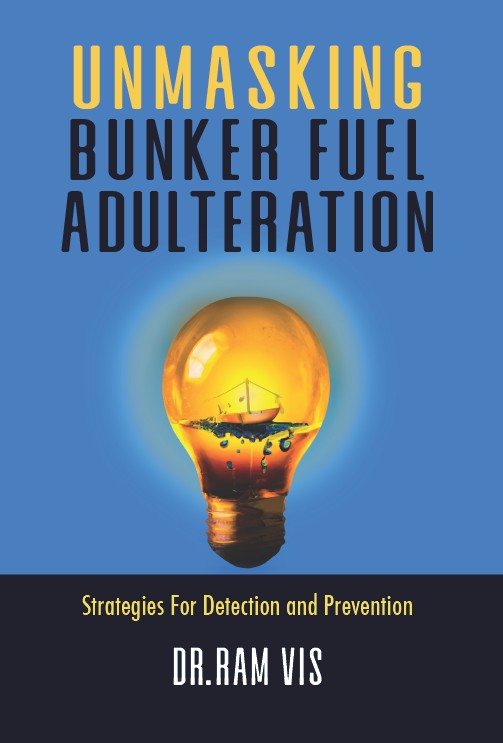The Centers for Disease Control and Prevention (CDC) has issued a warning about the alarming spread of Candida auris, a highly drug-resistant fungus that is rapidly increasing in U.S. healthcare facilities, reports the Los Angeles Times.
Categorized as an “urgent antimicrobial threat,” this fungal infection has been identified in a growing number of hospitals and long-term care facilities across the country, raising serious concerns among medical professionals.
What is Candida auris?
Candida auris is a type of yeast that can cause severe infections, particularly in individuals with weakened immune systems. First identified in Japan in 2009, the fungus has since spread globally, with the first U.S. cases reported in 2016. It is known for its resistance to multiple antifungal treatments, making infections difficult to treat and often fatal in vulnerable patients.
Unlike common Candida infections, which typically affect the mouth or genitals, Candida auris primarily targets the bloodstream, wounds, and ears. Once it enters the bloodstream, it can lead to sepsis, organ failure, and death. The fungus is also notable for its ability to persist on surfaces for long periods, contributing to its rapid spread in healthcare environments.
The Rising Threat in the U.S.
Since its initial detection in the United States, Candida auris cases have surged dramatically. In 2023 alone, over 4,000 new cases were reported, and the numbers have continued to climb. California has been particularly affected, reporting over 1,500 infections—the highest among all states. Other heavily impacted states include Nevada, Texas, and Florida.
The fungus spreads easily in hospitals and nursing homes, where it can survive on surfaces such as bed rails, IV poles, and medical equipment. Standard disinfectants are often ineffective against it, requiring specialized cleaning procedures to prevent outbreaks. The CDC has warned that without aggressive containment measures, Candida auris could become an even greater public health crisis.
Why is Candida auris So Dangerous?
One of the primary concerns surrounding Candida auris is its high resistance to antifungal medications. In many cases, the fungus does not respond to the three main classes of antifungal drugs, leaving doctors with limited treatment options. Approximately 30% to 60% of infected patients do not survive, although this mortality rate can vary depending on underlying health conditions and the speed of diagnosis.
Another challenge is that Candida auris is often misdiagnosed. Standard laboratory tests may not accurately identify it, leading to delays in treatment and increased transmission in healthcare settings. This lack of early detection allows outbreaks to spread undetected until multiple patients have been infected.
Who is Most at Risk?
Healthy individuals are unlikely to be affected by Candida auris. However, the following groups are at the highest risk:
- Patients with weakened immune systems, such as those undergoing chemotherapy or organ transplants
- Elderly individuals, especially those in long-term care facilities
- Patients with invasive medical devices like ventilators, catheters, or feeding tubes
- Individuals who have recently received broad-spectrum antibiotics or antifungal treatments
Current Measures to Combat the Spread
In response to the growing crisis, health officials are implementing several key measures:
- Enhanced Surveillance – Hospitals are increasing screening for Candida auris in high-risk patients to detect cases earlier.
- Improved Infection Control – Strict cleaning protocols, use of specialized disinfectants, and isolation of infected patients are being enforced to curb hospital outbreaks.
- Development of New Treatments – Researchers are working on novel antifungal drugs that can combat resistant strains more effectively.
- Public Awareness Campaigns – Healthcare providers are being educated on the risks and proper handling of Candida auris cases to prevent further spread.
The CDC and global health organizations continue to monitor Candida auris closely. Although there is no immediate solution, ongoing research and strict infection control measures are crucial in containing the fungus. Experts warn that without continued vigilance, the situation could worsen, leading to even more widespread outbreaks in healthcare settings.
As hospitals and research institutions race to develop more effective treatments, the fight against Candida auris remains a top priority in public health. Patients and healthcare workers alike are urged to remain informed and take necessary precautions to minimize the risk of infection.
Did you subscribe to our daily Newsletter?
It’s Free Click here to Subscribe!
Source: Los Angeles Times


















